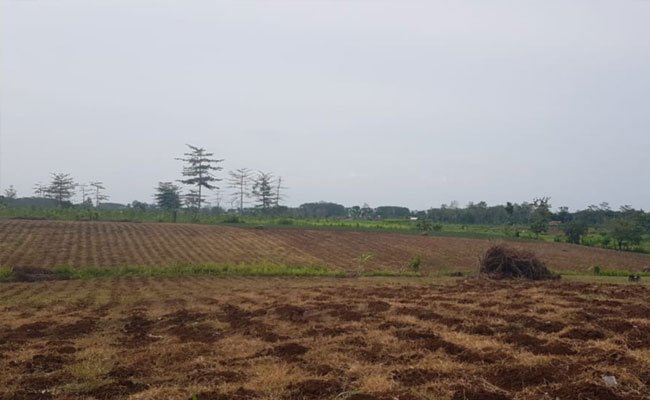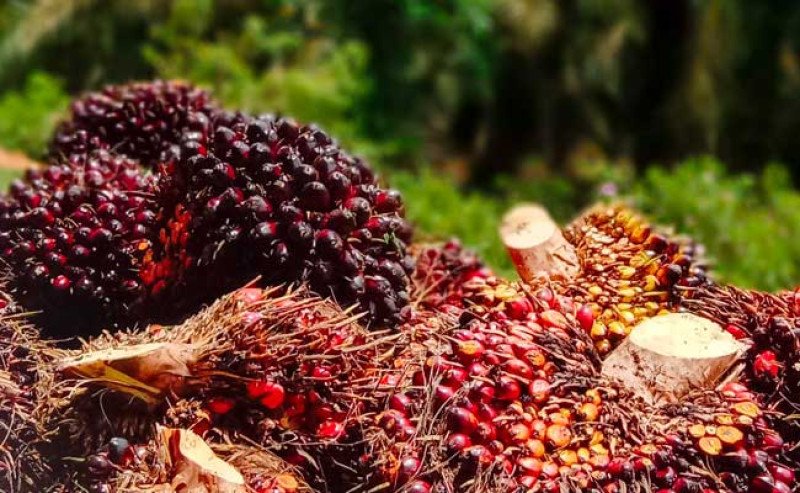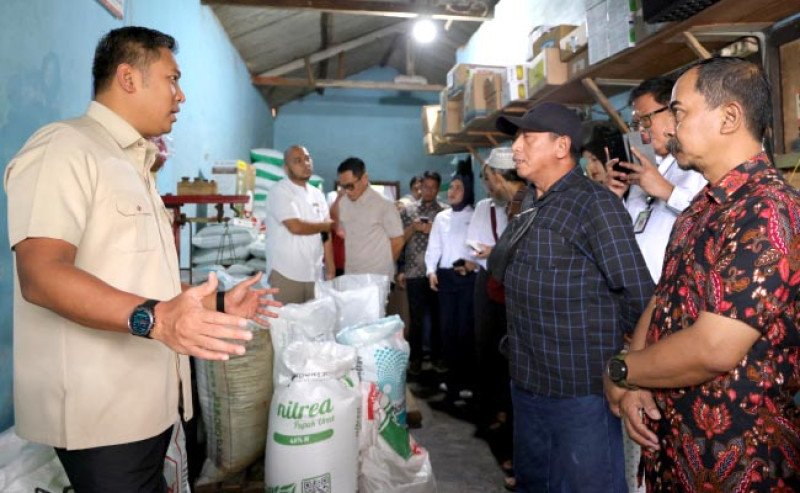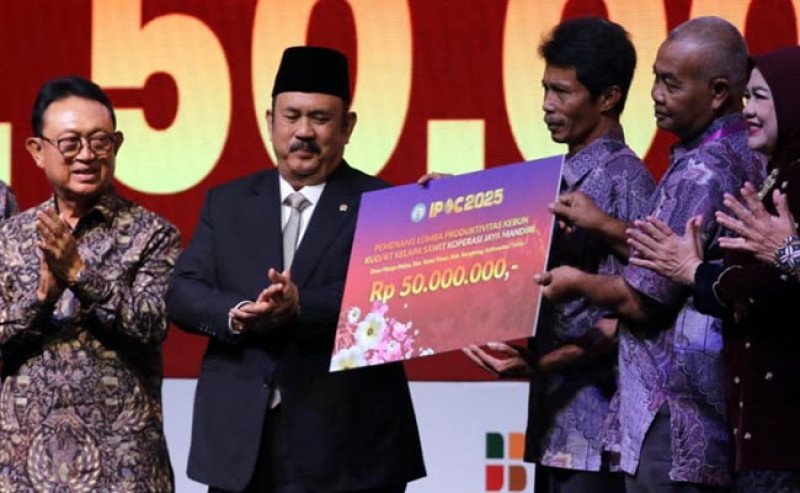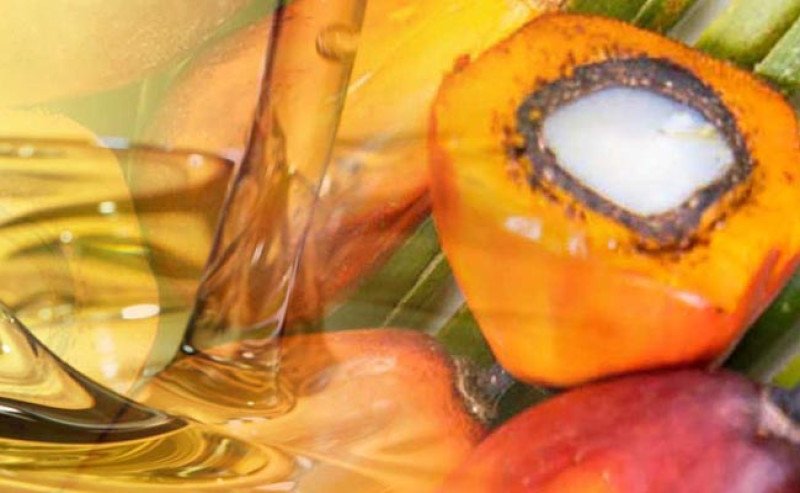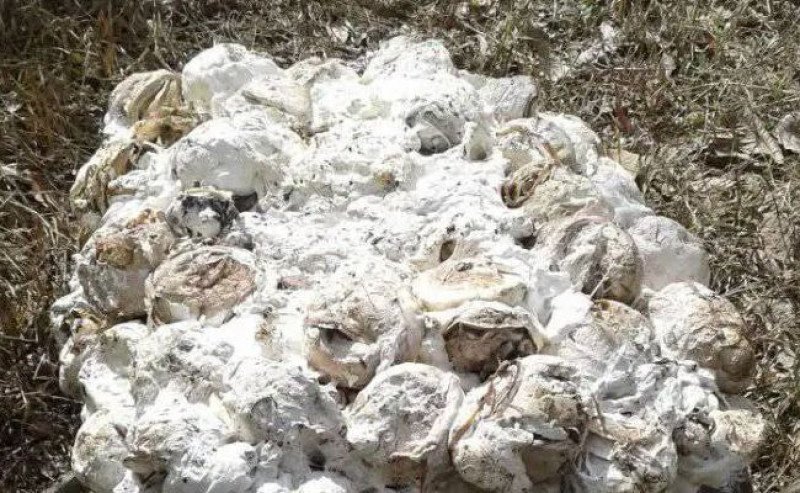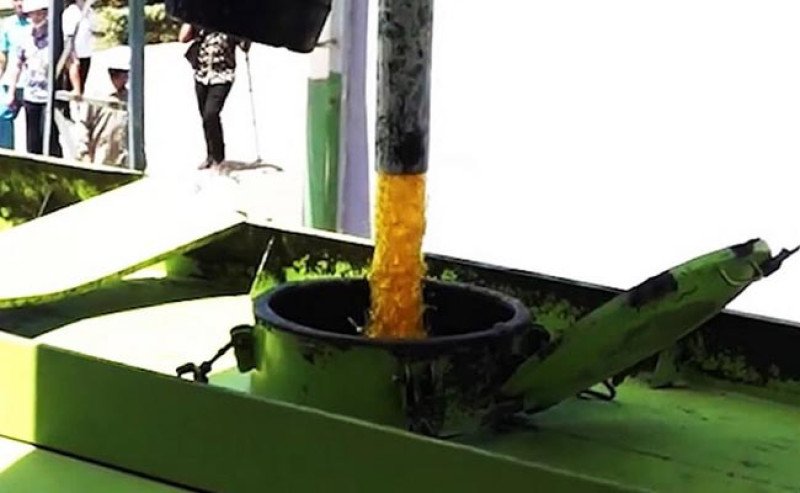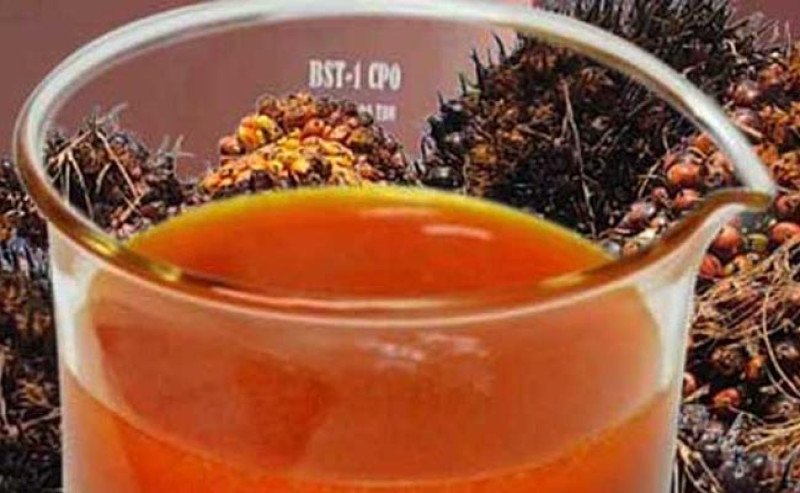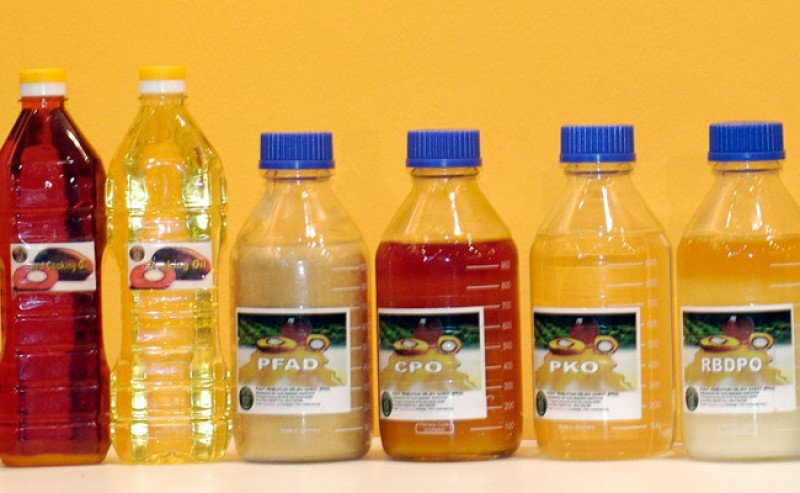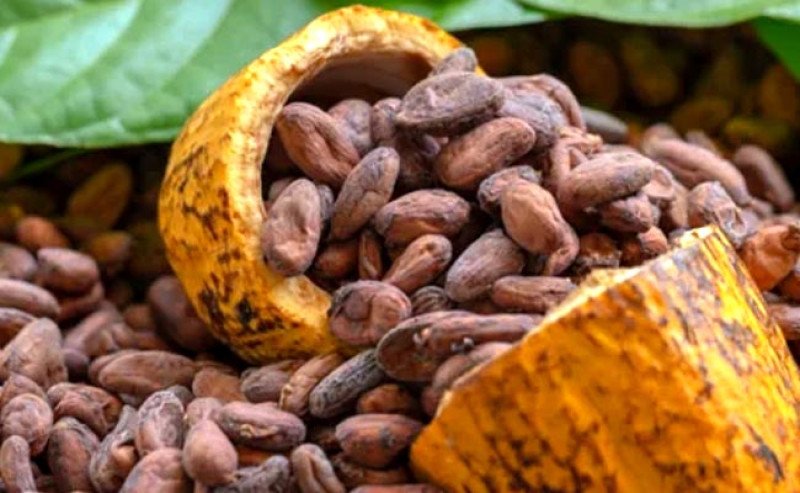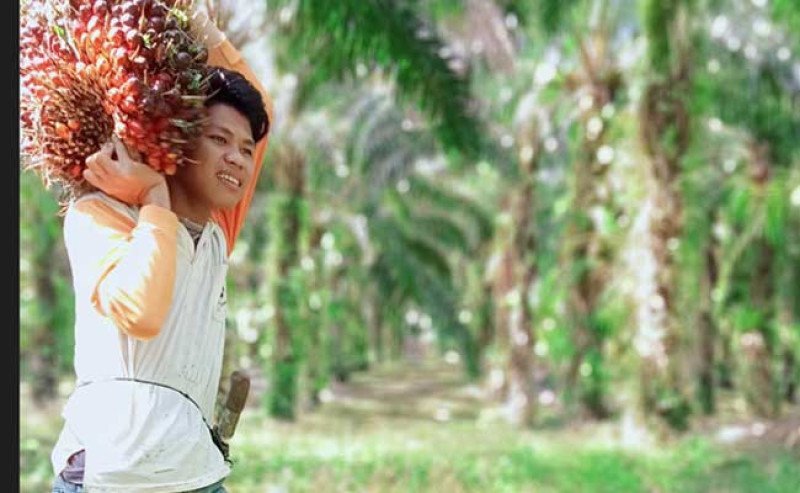Agricom.id, IMANGGIS – Agrarian reform is one way of the government to welfare the people. In his speech, President Joko Widodo (Jokowi) noted that 25.863 villages are around the forests. 71 percent of the numbers depend on their lives from the forest resources. “10,2 million of poor people are in the forest areas and they have no legal to the forest resources,” Jokowi said at the time.
Through agrarian reform, it is hoped that there would be people’s increasing productivity and could be the solution to land ownership gap. Jokowi also emphasized that those who get the access rights in social forestry are the people, unions, groups, and joint groups.
Following up what Jokowi said, led by Coordinator Minister in Economy, Ministry of Agrarian Affairs and Spatial/National Land Agency; Ministry of Agriculture; and Ministry of Environment and Forestry, some programs have been arranged to execute agrarian reform covering about 9 million hectares and social forestry for about 12,7 hectares.
To support the program, one program of Ministry of Agriculture, such as, new planting area expansion or perluasan areal tanaman baru (PATB) keeps running to avoid the food crisis namely in Covid-19 pandemic. Team of Balai Besar Pengembangan Pengujian Mutu Benih Tanaman Pangan dan Hortikultura (BB-PPMB TPH) and the officers of Perum Perhutani now look for the location in Central Java Province, starting from Kawasan Pemangku Hutan (KPH) in Banyumas Barat, Pekalongan Timur, Jepara, and Pati.
PATB paddy is done by taking data of the candidates of farmers and areas or calon petani calon lahan (CPCL) in the same time among with team of Balai Besar Pengembangan Pengujian Mutu Benih Tanaman Pangan dan Hortikultura (BB PPMB TPH), team of Agriculture and Plantation Agency of Central Java Province (consists of Agriculture Agency District of Cilacap, Pekalongan, Kendal, Pati, and Jepara). By the direct socialization in the field of KPH, Perum Perhutani is now looking for the social forestry that LMDH (lembaga masyarakat desa hutan) cultivates (d).
In his speech in Tawangmangu, District of Karanganyar some time ago, General Director of Food Plantation, Ministry of Agriculture , Suwandi said that, what Minister of Agriculture, Syahrul Yasin Limpo (SYL) told is that PATB targets the areas where they were never been planted by food plantations. The conditions to fulfill to realize PATB could be found in the social forestry, such as, dry areas, full of rain, swamp which are not the targets to plant in 2020; the areas should never been planted by paddy at least in the last one year; just like the areas of Perum Perhutani, Inhutani, industrial plantation forests, and other social forestry, including the former areas of mining which have been reclaimed.
“The most important thing is that there should be source of water to be used by or without drill facility. If the source of water does not exist, we would help to make drill well so that the plantations could sustainable,” Suwandi told, as in the official statement to Agricom.id.
Following up the lead, Head of BB PPMB TPH, Warjito, Thursday (3/12/2020) told that he visited District of Jepara to coordinate with other stakeholders. “The new planting area expansion should be in the areas where paddy was never planted at least in the last one year,” he said.
The farmers joining LMDH do welcome the program because in the previous planting, they planted cassava and it is not economic in price. By PATB, they would substitute their commodity to be paddy. “PATB has complete subsidy starting from the seeds, fertilizers, fungicides, herbicides, pump, fuel, and the area cultivation. Don’t put aside the chance,” Warjito said.
From the coordination in the province level for about two months (October-November 2020) the social forestry to plant paddy in PATB in November and December 2020 covers about 4.079 hectares. They are in District of Cilacap, Pekalongan, Grobogan, and Jepara. The program is running by 13 LMDH in District of Cilacap; 3 LMDH in Jepara; 5 LMDH in Grobogan; and 10 LMDH in District of Pekalongan.
The paddy planting in the social forestry is hoped to be replicated in other regions in Java where the agricultural areas get narrower because of the area land use change.
In other place, Head of Agriculture and Plantation Agency Central Java Province, Suryo Banendro said that besides the farmers’ hard work, the cooperation among many sectors would influence the paddy productivity in this province, such as, the synergy between Perum Perhutani and agriculture agency. (A2)
